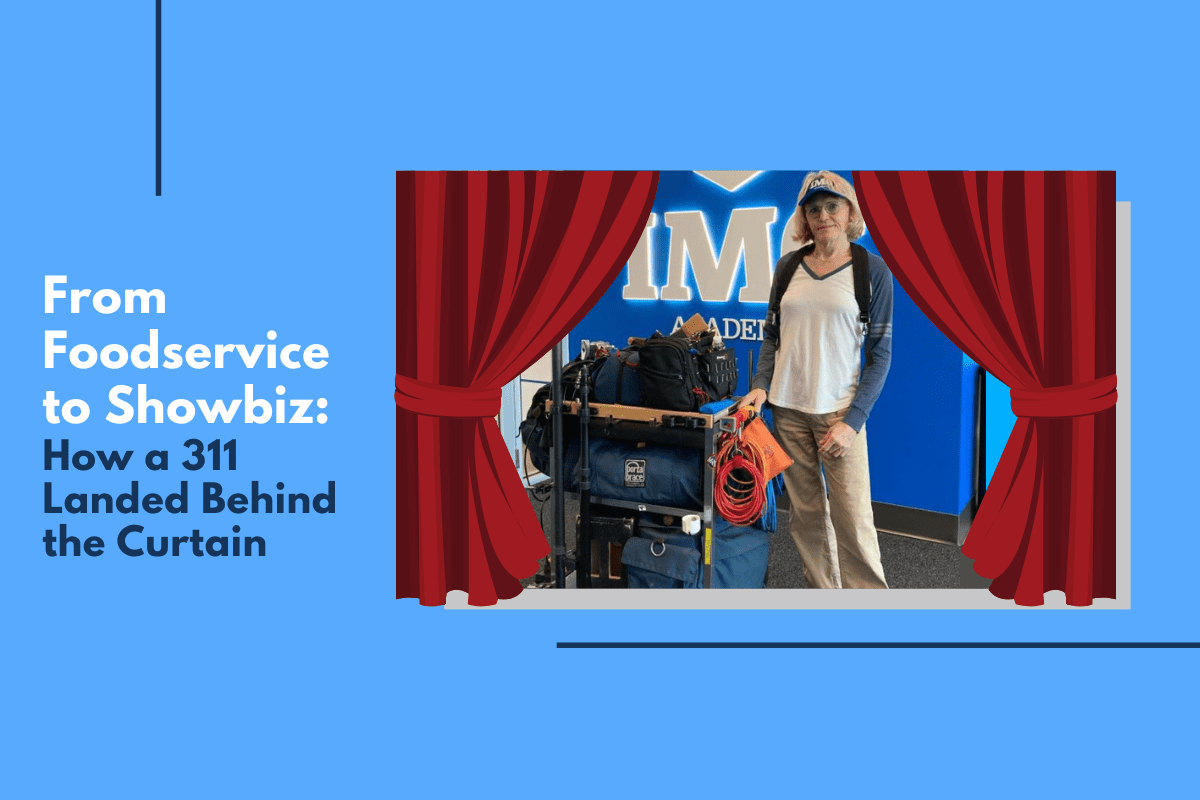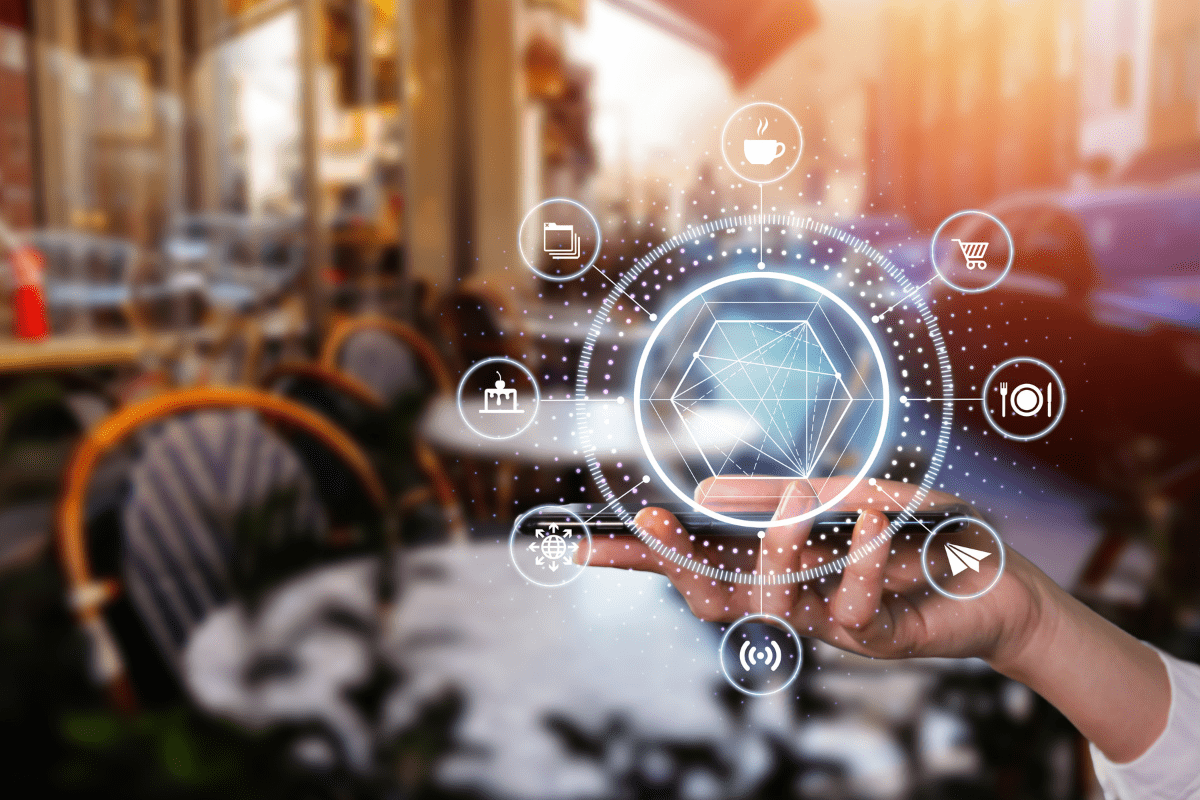
Thanks For Letting Us Know You’re Coming!!



“My Lakeside 311 is a little giant. The audio cart is now a fine-tuned, purpose-built monster” said Rachel Cameron, Location Sound Mixer with Figure Four Audio. Now you may be confused as to how a Lakeside 311 got into showbiz, and we were too. Lakeside had the pleasure of interviewing Cameron to get an insider look at the story behind her mobile audio cart and how she has been able to use this cart in her day-to-day work behind the curtain, in swamps and graveyards, and even on cattle ranches. Lakeside could not keep this story within the limits of our zoom call with Cameron, so come along as we share how Cameron was gifted her 311, how she got into the location sound industry, and how she has modified her cart to be the studio on wheels that it is today.
Starting out studying at the University of South Florida in their Studio Film Making program, Cameron began her journey in the industry. After graduating she began working in the field and soon began working with National Geographic and started getting immersed in the documentary side of the industry and became specialized in this niche area of the market. Cameron has produced work for many major networks as a sound mixer including
In the location sound industry, sound carts are crucial. Compared to Cameron’s modified 311, other professionals in the industry use a style that is more narrow and has little work space not allowing them to transport much. While there is somewhat of an industry standard to sound carts, Cameron shared that she loves “the Cadillac size of this cart” as it serves as her organizer, recording studio, office, and workspace.
Working in the restaurant business for many years before entering the film industry, Cameron had seen many Lakeside carts in and around kitchens. She knew exactly what the cart was when it was offered to her while working as a medical video editor.
“I started putting this cart into action. We were going everywhere. We would be in a very nice house one day and the next day we would be out in a swamp.”
Cameron slowly began adding parts to her cart to allow it to function exactly as she needed it to. While her cart started out as a standard 311, you would not guess that by the looks of it today. She has since added a place to hold a boom pole, created a larger base for the cart, added clamps and arms to hold antennas for various devices, added beach wheels, and even attached headlights to guide her during night recordings.
“I never would have been able to do this if it were not for the beginning quality, the foundational quality, of this Lakeside cart. I felt confident knowing I could add whatever I wanted to this cart. It’s going to handle the weight, and it’s going to handle the weight under a beating.”
Cameron has been using this cart for over 20 years. It is her “Go to! For economy, durability, stability and strength in a small footprint, this model can’t be beat!” In the sound location business, organization is one of the most important aspects of the business because it’s changing so fast in front of the camera that if you don’t stay ahead of them they end up waiting and it can cost precious time. One of the main aspects Cameron raved on about her cart was the organization it provides in combination with its durability and maneuverability.
To this day, Cameron continues to use her Lakeside 311 to provide her clients with quality location sound with her many years of experience. Whether it’s foodservice or showbiz, Lakeside utility carts offer the workspace you need, the durability you want, and the maneuverability it takes to go wherever you are called. Do you have a unique story on how you are using a Lakeside cart? Let us know here!
“I really appreciate the quality of the Lakeside carts. To me that’s the only company and it’s a standard.” ~ Rachel Cameron

One thing we all know for certain is that the current COVID-19 pandemic has altered the way we look at foodservice and the restaurant industry. What many don’t know, though, is that 76 percent of consumers say it’s changed how they look at public behavior forever. This means many of the pivots and transitions we saw in 2020 are likely to still exist in 2022 and beyond.
One important pivot in food and beverage was the shift toward low-contact and touch-free dining. According to Modern Restaurant Management, 38 percent of people say they’re worried about touching things others have touched, while 28 percent say being near other people makes them nervous. Add them up, and it translates to low-engagement transactions creating consumer confidence.
So how exactly are foodservice operations and restaurants going touch-free?
ORDERING
It all starts with the ability to order, and thanks to mobile apps and online ordering systems, it’s getting easier and easier to navigate menus, make selections, and place orders. Even for in-person dining, reducing touch points can be important, and scanning QR codes to reveal menus is a great way to reduce the number of things a customer has to touch.
PAYMENT
This goes hand-in-hand with ordering, and most mobile ordering applications also include the ability to pay and add gratuity, as well. With technologies like Apply Pay, in-person diners can often just scan their phones to pay by credit card, which also reduces the number of things restaurant staff members have to touch.
PICK-UP
Pick-up is often the point in the transaction when the diner encounters restaurant staff or even other customers. This means it’s critically important to make sure everything is smooth and efficient. Counters need to be sanitized between customers, and technologies like pick-up lockers that can be open with mobile phones further enhance the touch-free concept. When customers pick up foods, this is also the time when they might pick up utensils and condiments. Touch-free carts and serving stations can help mitigate any potential dangers
TOUCH-FREE WILL ONLY CONTINUE.
Unfortunately, we’re not out of the woods yet, and even when we are, we suspect there will be a greater emphasis on sanitation, safety, and low-touch environments. There will still be customers who only want to push open the door. That’s it.
Lakeside can help you assemble the needed equipment for a touch-free foodservice operation.
Lakeside offers various COVID-19 product solutions. Let us help you find the best way to offer low-contact and touch-free dining.
